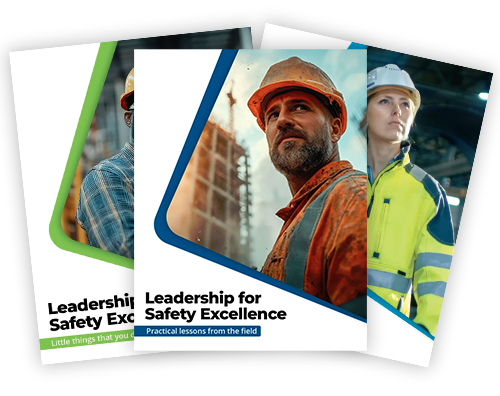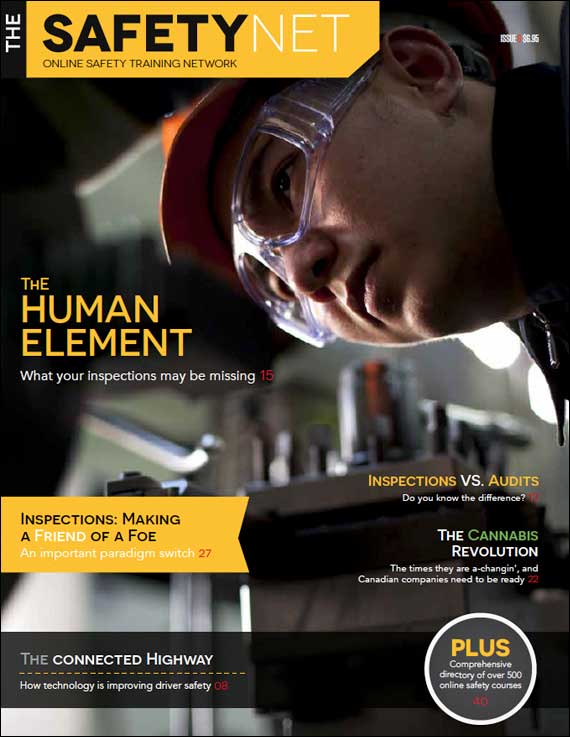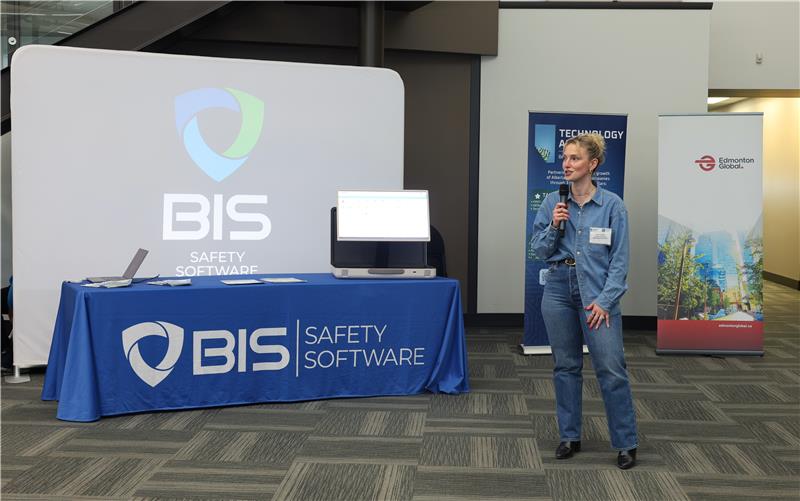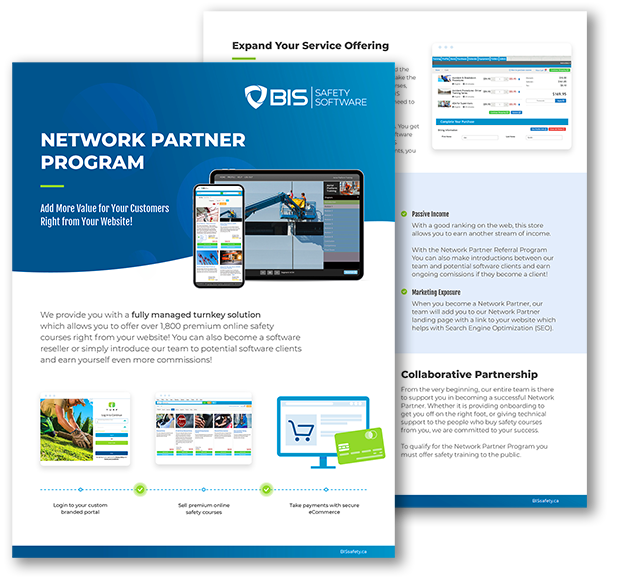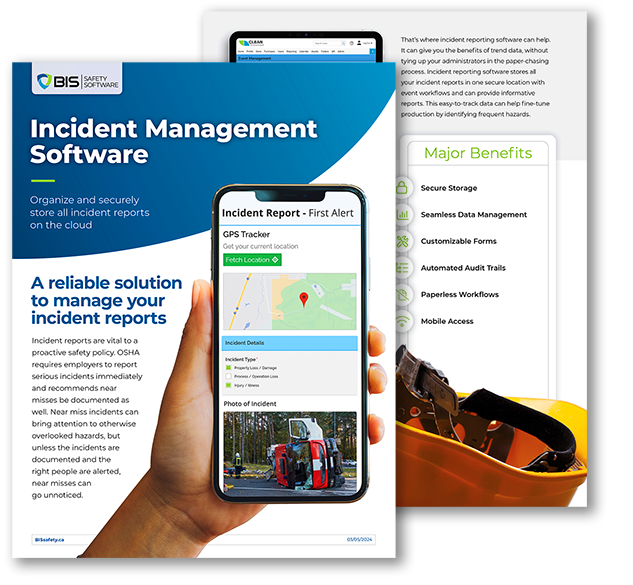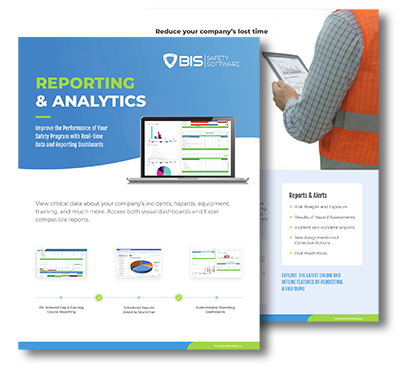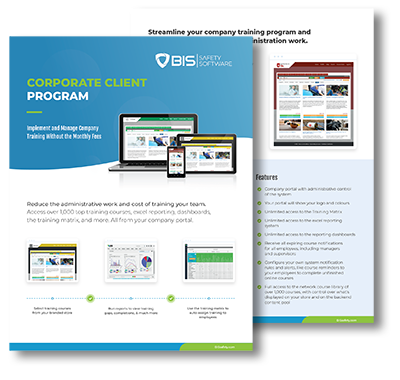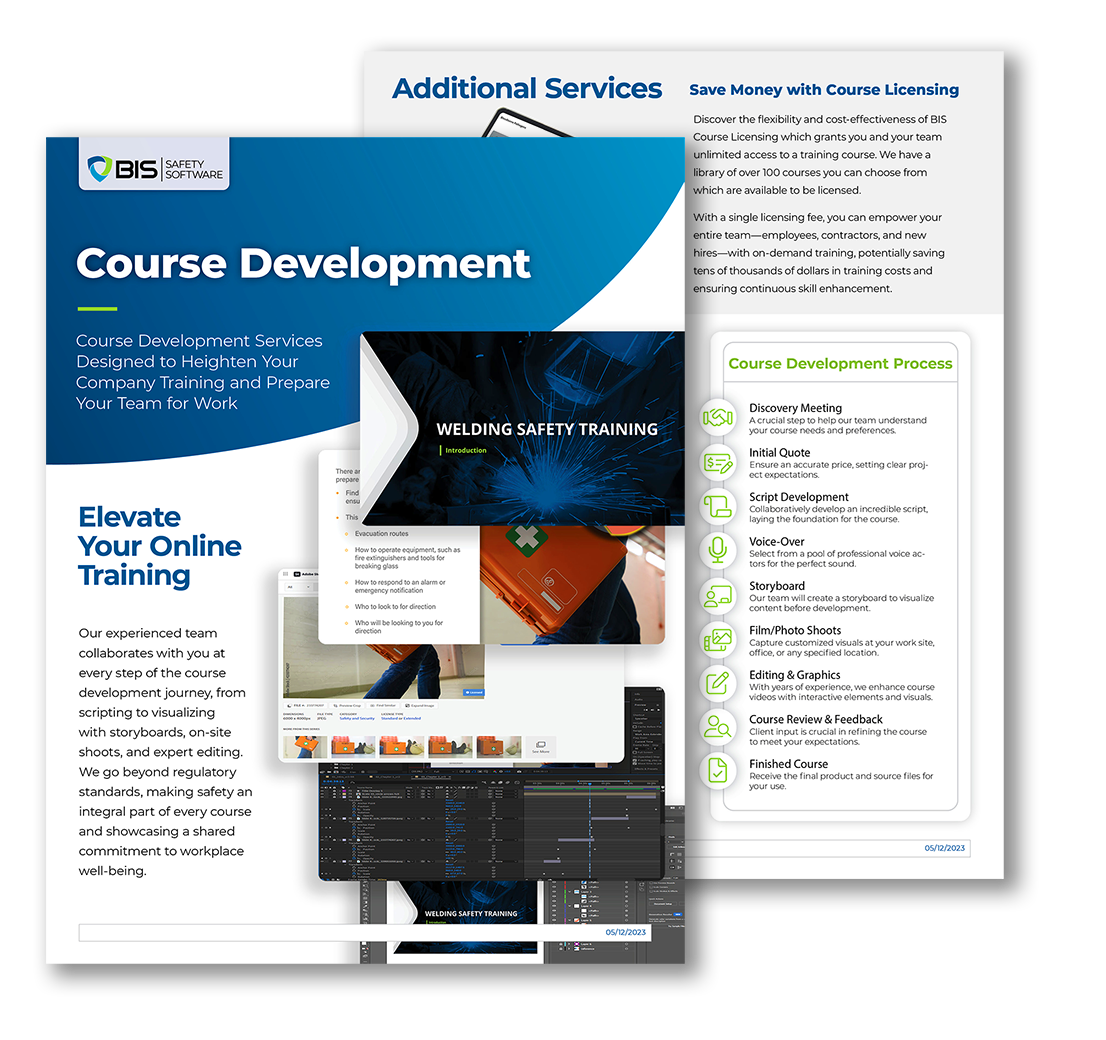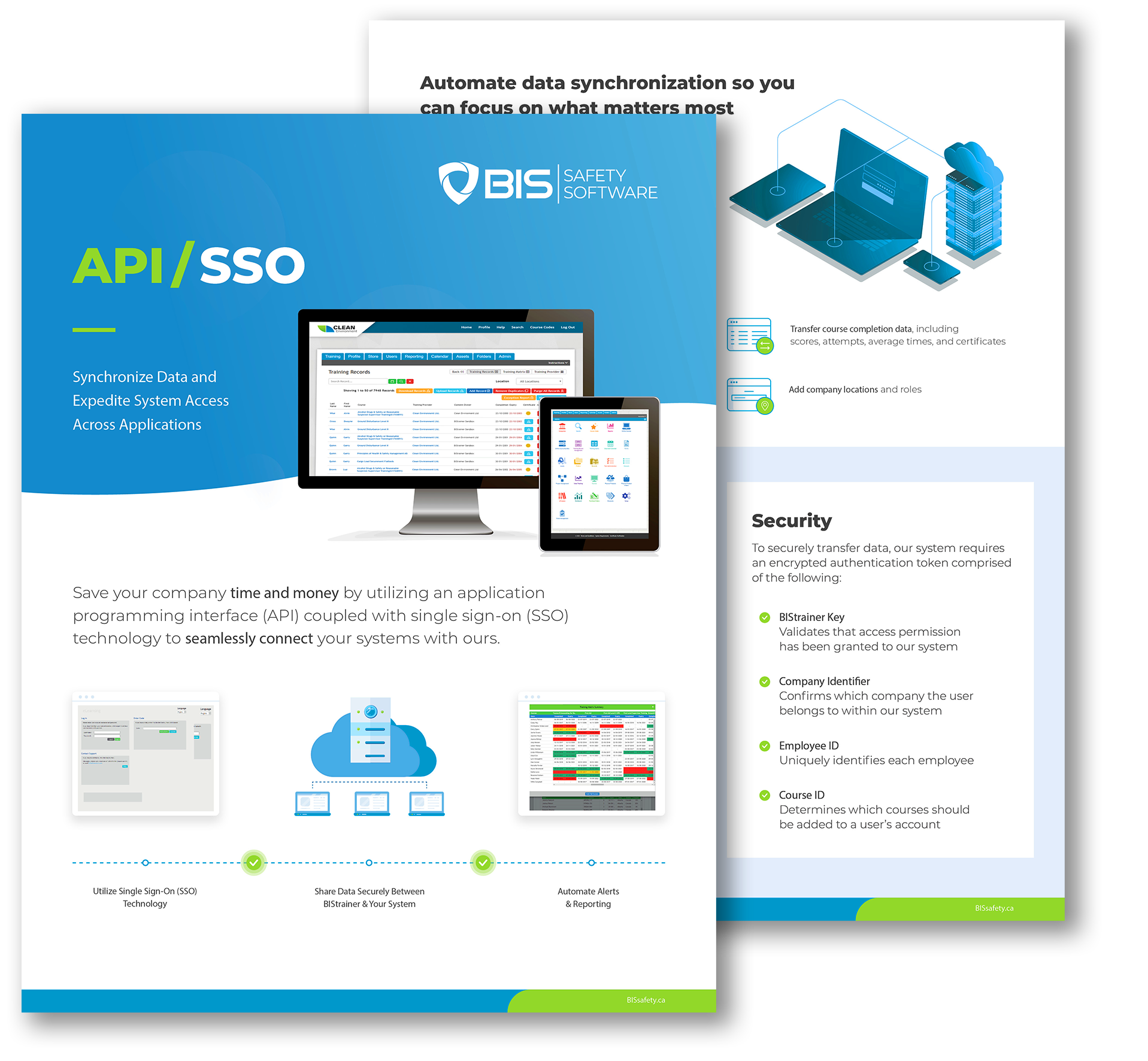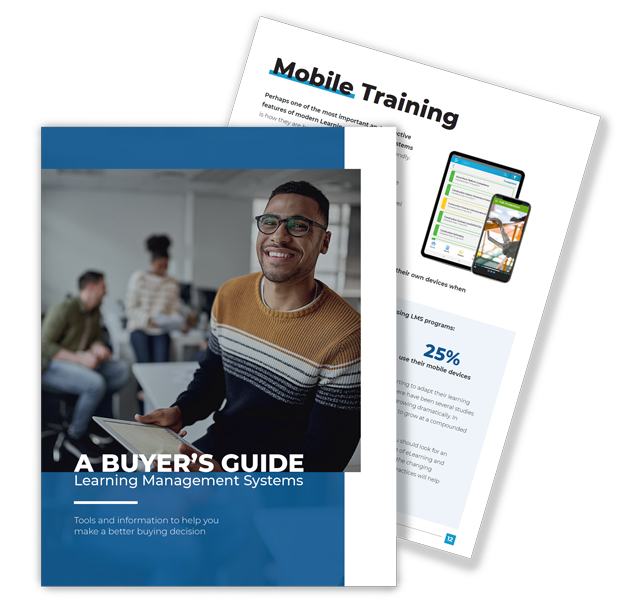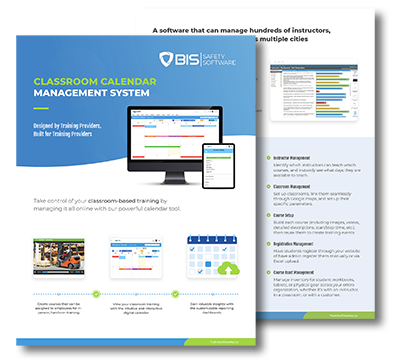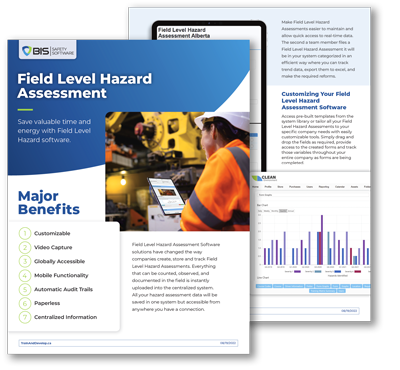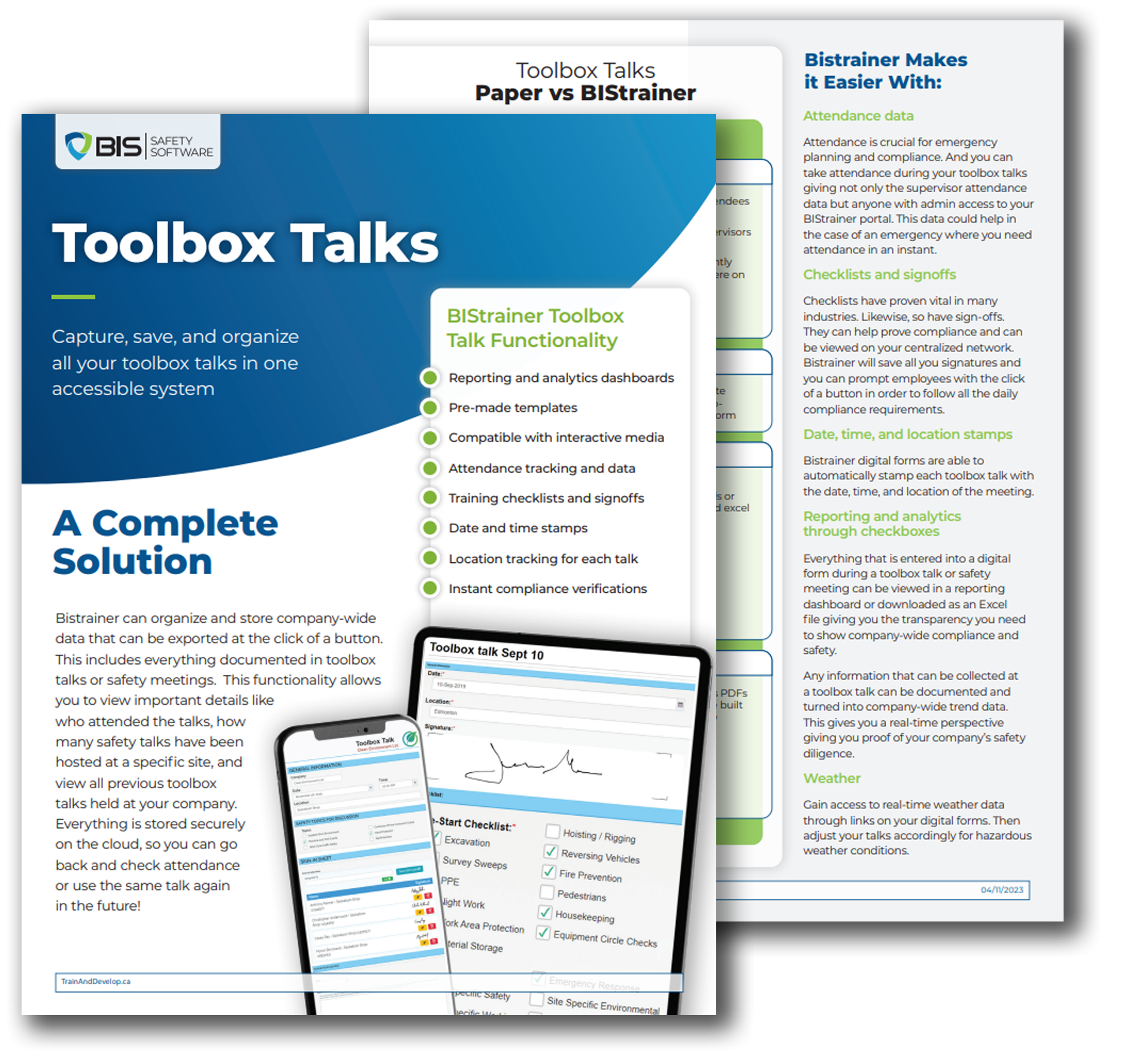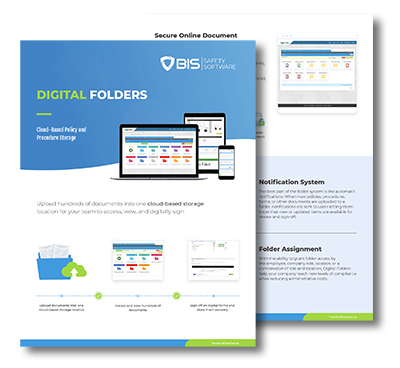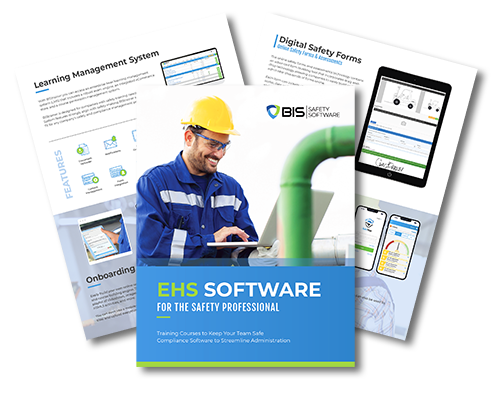What Happens After an Incident?

Home Blog What Happens After an Incident? Why Post-Accident Reviews Matter By DanAdminCAD Facebook LinkedIn An accident happens. Emergency protocols kick in, assist the injured, secure the area, file the reports. But after the dust settles… what next? Too often, organizations return to “business as usual” without pausing to ask the critical question: How do we keep this from happening again? That’s where post-accident reviews become essential. Not as a blame game, but as a blueprint for prevention. A roadmap for evolution. Done right, a review transforms mistakes into insights. It strengthens safety procedures and keeps teams protected, informed, and empowered Why They Matter: More Than Just a Report Every incident has a root cause. Maybe it’s faulty equipment. Maybe training fell short. Maybe someone felt rushed. Whatever the reason, if we only address the surface issues, we’re inviting the same thing to happen again, possibly with worse consequences. A thorough post-accident review doesn’t just answer “what happened?”, it answers why it happened. And that’s the only way to stop it from happening again. Even more, post-incident reviews send a strong message: Safety matters here. When workers see that their company takes action after an incident, they feel seen, heard, and valued. Trust grows. Reporting increases. Engagement follows. But if nothing changes? The silence speaks louder than words. What a Strong Post-Accident Review Looks Like Secure the SceneBefore anything else, make sure the area is safe. Protect workers from further harm before diving into the details. Collect the EvidenceVideos. Logs. Tools. Capture everything while the scene is fresh. Small details often hold big answers. Talk to WitnessesGet honest accounts, quickly and respectfully. Focus on facts, not fault. A no-blame environment encourages clarity and cooperation. Find the Root CauseLook past the obvious. Was there unclear communication? Unrealistic deadlines? Missing training? Real safety improvements come from deep understanding, not quick assumptions. Take ActionWhether it’s new procedures, better PPE, or refresher training, improvements must be tangible. Rules on paper don’t protect anyone unless they’re practiced on-site. Share the LearningsIf only leadership knows what went wrong, the rest of the team stays in the dark. Share findings across the organization to build collective awareness. Follow UpNew procedures mean little without reinforcement. Are the changes working? Are workers following them? Review the review, and adjust as needed. From Reaction to Prevention The best safety cultures don’t just react, they reflect, respond, and rebuild stronger. Every incident is a teachable moment. The organizations that treat it that way create environments where people feel safe, heard, and respected. And when safety becomes a shared value, not just a checklist, teams thrive. Engagement rises. Morale improves. Most importantly, people stay safe. Final Word: Learn Loudly. Improve Boldly. An accident is only a true, out-and-out failure if you fail to learn from it and do better next time. The most effective organizations treat every incident as a chance to improve, not something to sweep aside. Because safety doesn’t end when the report is filed, it starts there. Follow us! Stay up-to-date with the latest spotlight articles, podcasts, the SafetyNET Magazine, or our book on Leadership for Safety Excellence. All updates will be shared on our social channels, click below to follow us. Facebook Linkedin Related Articles All Posts #EmergencyPreparedness 2025 safety trends 360 Immersive 360immersive 6S Safety accident prevention accidental careers adjustable workstations adult education AI automation AI implementation AI in business AI in operations AI in Safety AI podcast AI strategy AI transformation Alberta safety courses Allan James Moore artificial intelligence asking for help audit findings audit readiness Audit Reporting automation in safety automation strategy avoidable injuries awareness Aztec Safety back strain BambooHR integration behavior-based safety Behavioral Safety behavioural safety biometric sensors BIS Podcast BIS Safety Podcasts BIS Safety Software BIS Safety Spotlight black holes Blame Culture BP Texas City Explosion Brave Leadership Brett Burkard burnout business automation Canadian OHS Canadian safety Canadian safety history Canadian safety standards carbon monoxide Carolynne Heron CCOHS chemical chemical vapors chronic injuries chronic pain cloud-based safety tools Coming Soon community safety programs Competency in Safety complacency in safety Compliance compliance courses Compliance In Canada compliance issues Compliance management Compliance Reporting compliance tools compliance tracking compliance training compliance vs protection Construction advocacy Construction education Construction industry construction safety construction safety training continuous improvement continuous safety improvement corporate culture corporate training corrective actions crane CSA standards Customer Spotlight Customer Spotlight Kevin Swinden Global Hazmat Safety Culture Hazmat Management Dangerous Goods Competency in Safety Workplace Risk Mitigation BIS Training Clients Canadian EHS customized training daily trip inspection Damage Prevention Dangerous Goods dangerous goods classification Danny Sellers data-driven safety Decision Analysis defect management defect tracking defensive driving DEI in onboarding digital compliance digital forms Digital Hazard Reporting Digital Onboarding digital safety Digital Safety Audits Digital safety systems digital safety tools digital safety transformation Digital Training Tools digital transformation DMS features document control document management system Dr. Joanna Pagonis Dr. Tom Krause driver file management driver training driving instructor program DTRMS e-learning e-learning tools eadership in safety early intervention education technology EHS EHS Adoption EHS Compliance EHS digital solutions EHS Inspections EHS Onboarding EHS software EHS tools Einstein electrical safety Emergency Action Plan emergency preparedness emergency response emergency supplies emotional training employee behavior employee engagement employee health Employee onboarding Employee Readiness employee safety employee training Energy Isolation ergonomic consulting ergonomic design ergonomic risks ergonomics Evacuation Procedures evidence collection EWI Works exoskeleton exoskeletons failure analysis fall protection fast onboarding field experience field level hazard assessments field safety field safety services Field Safety Technology Field-Friendly Software Fire Drills fire prevention Fire Safety Training first aid kit first week on the job first workplace injury fleet management fleet safety FLHA engagement FLHA Integration FMEA freight Frontline Engagement frontline safety future of work Global Hazmat gravitational waves hand injuries handling hazardous materials hands-on training hazard analysis hazard assessment compliance Hazard Awareness hazard communication Hazard Identification hazard prevention hazard recognition Hazardous Energy Control Hazmat Management Health & Safety Podcast health and safety hearing loss prevention hearing protection heavy equipment safety hidden
What Your First Workplace Injury Teaches You (The Hard Way)

Home Blog What Your First Workplace Injury Teaches You (The Hard Way) Learning moments from the field. By DanAdminCAD Facebook LinkedIn Every worker remembers their first workplace injury. Not because they want to, but because it changes the way they see safety forever. Maybe it was a bruised finger, a back injury from bad lifting, or a slip that sent you home for the day. Whatever it was, it taught you a lesson you’ll never forget. One that, in hindsight, was probably preventable. The Moment It Clicks Before an injury, it’s easy to assume accidents happen to other people. You might hear safety talks and think, “Yeah, yeah, I know.” Then one day, you don’t double-check a machine lockout. You skip the gloves. You take that shortcut. And suddenly, safety isn’t just a workplace rule, it’s personal. For many workers, that’s when it clicks: Safety rules aren’t about inconvenience. They’re there to help you! Common First Injuries (And What They Teach You) The “I Just Need to Grab This” Hand Injury Lesson learned: Gloves exist for a reason. Even a quick adjustment can put you at risk. A nick this time could mean stitches later. Don’t risk it! The “I Thought It Was Stable” Ladder Fall Lesson learned: Always check your footing. One moment of overconfidence can cost you. The “It Wasn’t That Heavy” Back Strain Lesson learned: Proper lifting techniques matter. Your spine doesn’t get a redo. You only have one spine, so play it smart! The “I’ll Be Quick” Electrical Shock Lesson learned: Lockout/tagout isn’t optional, full stop. The Cost Even small injuries have big consequences. A sprained wrist can mean lost wages. A bad cut can sideline you for weeks. A moment of carelessness is never worth it. And here’s the kicker, most first injuries don’t happen in high-risk situations. They happen in routine moments, when workers think they’re safe. How to Learn the Lesson Without the Pain Some people need to get hurt to take safety seriously, but in a perfect world, it shouldn’t come to that. There’s no better safety teacher than earnestly listening, and then applying lessons learned. Listen to veterans. If experienced workers say, “Don’t do that,” believe them. They’ve seen what happens. Follow the rules, even when no one’s watching. The shortcut that worked today could fail tomorrow. Think about life outside of work. Your job is important, but so is being able to pick up your kids, play sports, or even just move without pain. The Best Injury Is the One That Never Happens Ask any seasoned worker, and they’ll tell you: If they could go back, they’d do things differently. The best way to learn from your first workplace injury? Don’t have one. Stay sharp. Stay safe. Because no lesson is worth learning the hard way. Follow us! Stay up-to-date with the latest spotlight articles, podcasts, the SafetyNET Magazine, or our book on Leadership for Safety Excellence. All updates will be shared on our social channels, click below to follow us. Facebook Linkedin Related Articles All Posts #EmergencyPreparedness 2025 safety trends 360 Immersive 360immersive 6S Safety accident prevention accidental careers adjustable workstations adult education AI automation AI implementation AI in business AI in operations AI in Safety AI podcast AI strategy AI transformation Alberta safety courses Allan James Moore artificial intelligence asking for help audit findings audit readiness Audit Reporting automation in safety automation strategy avoidable injuries awareness Aztec Safety back strain BambooHR integration behavior-based safety Behavioral Safety behavioural safety biometric sensors BIS Podcast BIS Safety Podcasts BIS Safety Software BIS Safety Spotlight black holes Blame Culture BP Texas City Explosion Brave Leadership Brett Burkard burnout business automation Canadian OHS Canadian safety Canadian safety history Canadian safety standards carbon monoxide Carolynne Heron CCOHS chemical chemical vapors chronic injuries chronic pain cloud-based safety tools Coming Soon community safety programs Competency in Safety complacency in safety Compliance compliance courses Compliance In Canada compliance issues Compliance management Compliance Reporting compliance tools compliance tracking compliance training compliance vs protection Construction advocacy Construction education Construction industry construction safety construction safety training continuous improvement continuous safety improvement corporate culture corporate training corrective actions crane CSA standards Customer Spotlight Customer Spotlight Kevin Swinden Global Hazmat Safety Culture Hazmat Management Dangerous Goods Competency in Safety Workplace Risk Mitigation BIS Training Clients Canadian EHS customized training daily trip inspection Damage Prevention Dangerous Goods dangerous goods classification Danny Sellers data-driven safety Decision Analysis defect management defect tracking defensive driving DEI in onboarding digital compliance digital forms Digital Hazard Reporting Digital Onboarding digital safety Digital Safety Audits Digital safety systems digital safety tools digital safety transformation Digital Training Tools digital transformation DMS features document control document management system Dr. Joanna Pagonis Dr. Tom Krause driver file management driver training driving instructor program DTRMS e-learning e-learning tools eadership in safety early intervention education technology EHS EHS Adoption EHS Compliance EHS digital solutions EHS Inspections EHS Onboarding EHS software EHS tools Einstein electrical safety Emergency Action Plan emergency preparedness emergency response emergency supplies emotional training employee behavior employee engagement employee health Employee onboarding Employee Readiness employee safety employee training Energy Isolation ergonomic consulting ergonomic design ergonomic risks ergonomics Evacuation Procedures evidence collection EWI Works exoskeleton exoskeletons failure analysis fall protection fast onboarding field experience field level hazard assessments field safety field safety services Field Safety Technology Field-Friendly Software Fire Drills fire prevention Fire Safety Training first aid kit first week on the job first workplace injury fleet management fleet safety FLHA engagement FLHA Integration FMEA freight Frontline Engagement frontline safety future of work Global Hazmat gravitational waves hand injuries handling hazardous materials hands-on training hazard analysis hazard assessment compliance Hazard Awareness hazard communication Hazard Identification hazard prevention hazard recognition Hazardous Energy Control Hazmat Management Health & Safety Podcast health and safety hearing loss prevention hearing protection heavy equipment safety hidden workplace hazards high voltage systems HR automation HR software human factors human in the loop Human Performance human vs machine human-centered design human-centered safety humor in safety ICBC certification immersive learning Imposter
The Dangers You Can’t See

Home Blog The Dangers You Can’t See The hidden workplace hazards you need to know about. By DanAdminCAD Facebook LinkedIn Some workplace dangers are obvious. Heavy machinery, heights, electrical wires, everyone knows to be cautious around them. But the hazards you don’t see? Those can be just as deadly. Invisible risks lurk in every job site, creeping up unnoticed until it’s too late. If you’re not paying attention, they can take you down before you even realize they’re there. The Hidden Threats You Need to Know Toxic Air – Dust, fumes, and invisible gases don’t just make breathing harder, they can silently destroy your lungs. Carbon monoxide, silica dust, and chemical vapors can be odorless and lethal. If ventilation isn’t enough, wear a respirator. Your lungs don’t get a second chance. Hearing Loss – You won’t notice it at first. A little ringing after a shift, some muffled sounds. But long-term exposure to loud environments can cause irreversible hearing damage. The worst part? You won’t even realize it’s happening until you’re struggling to hear conversations. Protect your ears before the damage is done. Fatigue – Lack of sleep is just as dangerous as working drunk. Slower reflexes, poor decision-making, and zoning out on the job can turn an ordinary task into a deadly mistake. If you’re exhausted, you’re a hazard, to yourself and everyone around you. Repetitive Motion Injuries – Small, repeated movements might not seem dangerous, but over time, they wear your body down. Poor lifting techniques, bad posture, and repetitive strain add up to chronic pain, lost workdays, and surgeries. Adjust your workspace. Take breaks. Don’t ignore the aches. Psychological Hazards – Stress, anxiety, and burnout don’t just affect your mood, they impact your ability to work safely. Distracted, overwhelmed workers are more likely to make dangerous mistakes. Mental health matters just as much as physical safety. Why These Dangers Are So Easy to Ignore Unlike a fall or a fire, these hazards don’t create instant chaos. They creep in quietly. They don’t feel urgent, until the damage is done. That’s what makes them so dangerous. No one feels their lungs getting weaker until years of exposure catch up. No one notices their hearing going until the damage is irreversible. No one thinks they’re too tired to work safely, until they make a deadly mistake. How to Protect Yourself from What You Can’t See Recognize the Risk – Just because you can’t see it doesn’t mean it’s not there. Stay aware of hidden dangers. Use the Right Gear – PPE isn’t just for obvious risks. Respirators, hearing protection, and ergonomic supports make all the difference. Take Breaks – Fatigue and repetitive strain don’t announce themselves. Pay attention to your body before it forces you to stop. Report Issues – Poor air quality, excessive noise, unrealistic workloads, if something feels wrong, speak up. Waiting could cost you your health. Make Safety a Habit – Don’t wait for symptoms. Preventative action is the only way to avoid slow-building hazards. Out of Sight, But Not Out of Mind The most dangerous threats are the ones you ignore. Just because you can’t see them doesn’t mean they aren’t hurting you. Protect yourself before the damage is done. Stay sharp. Stay safe. Sure, the biggest hazards can often sneak up on you, but a vigilant worker is a safe worker. Follow us! Stay up-to-date with the latest spotlight articles, podcasts, the SafetyNET Magazine, or our book on Leadership for Safety Excellence. All updates will be shared on our social channels, click below to follow us. Facebook Linkedin Related Articles All Posts #EmergencyPreparedness 2025 safety trends 360 Immersive 360immersive 6S Safety accident prevention accidental careers adjustable workstations adult education AI automation AI implementation AI in business AI in operations AI in Safety AI podcast AI strategy AI transformation Alberta safety courses Allan James Moore artificial intelligence asking for help audit findings audit readiness Audit Reporting automation in safety automation strategy avoidable injuries awareness Aztec Safety back strain BambooHR integration behavior-based safety Behavioral Safety behavioural safety biometric sensors BIS Podcast BIS Safety Podcasts BIS Safety Software BIS Safety Spotlight black holes Blame Culture BP Texas City Explosion Brave Leadership Brett Burkard burnout business automation Canadian OHS Canadian safety Canadian safety history Canadian safety standards carbon monoxide Carolynne Heron CCOHS chemical chemical vapors chronic injuries chronic pain cloud-based safety tools Coming Soon community safety programs Competency in Safety complacency in safety Compliance compliance courses Compliance In Canada compliance issues Compliance management Compliance Reporting compliance tools compliance tracking compliance training compliance vs protection Construction advocacy Construction education Construction industry construction safety construction safety training continuous improvement continuous safety improvement corporate culture corporate training corrective actions crane CSA standards Customer Spotlight Customer Spotlight Kevin Swinden Global Hazmat Safety Culture Hazmat Management Dangerous Goods Competency in Safety Workplace Risk Mitigation BIS Training Clients Canadian EHS customized training daily trip inspection Damage Prevention Dangerous Goods dangerous goods classification Danny Sellers data-driven safety Decision Analysis defect management defect tracking defensive driving DEI in onboarding digital compliance digital forms Digital Hazard Reporting Digital Onboarding digital safety Digital Safety Audits Digital safety systems digital safety tools digital safety transformation Digital Training Tools digital transformation DMS features document control document management system Dr. Joanna Pagonis Dr. Tom Krause driver file management driver training driving instructor program DTRMS e-learning e-learning tools eadership in safety early intervention education technology EHS EHS Adoption EHS Compliance EHS digital solutions EHS Inspections EHS Onboarding EHS software EHS tools Einstein electrical safety Emergency Action Plan emergency preparedness emergency response emergency supplies emotional training employee behavior employee engagement employee health Employee onboarding Employee Readiness employee safety employee training Energy Isolation ergonomic consulting ergonomic design ergonomic risks ergonomics Evacuation Procedures evidence collection EWI Works exoskeleton exoskeletons failure analysis fall protection fast onboarding field experience field level hazard assessments field safety field safety services Field Safety Technology Field-Friendly Software Fire Drills fire prevention Fire Safety Training first aid kit first week on the job first workplace injury fleet management fleet safety FLHA
The Problem with Safety? We Made it Boring.

Home Blog The Problem with Safety? We Made it Boring. We Made It Boring By RDadiz Facebook LinkedIn Lessons from the Trenches Nobody gets into safety because they want to fill out paperwork. They do it because they’ve seen the alternative. The fall that didn’t need to happen. The drum of chemicals that nearly took out half a city block. The team member who never made it home. But somewhere along the line, we buried that urgency in binders. We took a discipline built on adrenaline, risk, and responsibility, and we turned it into a desk job. We reduced it. To clipboards, to compliance checklists. To one-hour training videos that people forget before lunch. We made safety boring. Worse than that, we made it easy to ignore. And if we don’t fix that, people are going to keep getting hurt. Safety Isn’t a Department. It’s a Culture. Walk onto most job sites, and you’ll hear the same thing: “Safety is everyone’s responsibility.” Sounds great. Except that in a lot of companies, safety still lives in its own little silo. The safety person walks the floor, gives a thumbs-up, maybe rattles off a checklist. They go back to their office to update the system. Meanwhile, the crew is out there making real decisions. In real time. With real consequences. They’re the ones balancing a ladder on uneven ground. They’re the ones guessing whether the insulation is live. They’re the ones dealing with surprise weather, faulty equipment, and the very real pressure to get things done fast. Wes Rundle has had to make some of these decisions himself, and knows how important it is to keep safety simple. He’s helped overhaul safety systems across many companies. From emergency planning in chemical plants to concrete coring crews mid-pandemic, he’s seen it all. And the lesson’s always the same: if your system adds friction, people will work around it. You can’t layer complexity onto complexity and expect it to stick. You have to meet people where they are. Make it seamless. Make it make sense. The more forms you pile on, the less likely someone is to stop and think. The goal is not more paperwork. The goal is fewer injuries. Fewer close calls. And more people going home safe. “Safety needs to be simple. Because the work is already complex.” Wes Rundle The Myth of the Competent Worker Here’s a common scenario: a worker finishes their online course, gets the certificate, and their manager checks the box. They’re “trained.” Right? Robin Postnikoff doesn’t buy it. He’s the founder of MI Safety, and he’s watched the industry pretend that theory equals ability. It doesn’t. “We’ve had this idea that a worker can take a generic course and walk out competent,” he says. “But you can’t learn to drive by reading about it. You’ve got to be behind the wheel.” That’s why his company builds practical evaluations right into the system. Learn the theory online. Prove it in person. Simple. Because you’re not training someone for a pop quiz. You’re training them for the moment things go sideways. The equipment jams. The scaffold gives. The procedure fails. That’s when training matters. And it’s not just about liability. It’s about dignity. If you put someone on a job they’re not prepared for, that’s not just a risk. That’s a betrayal. So Where Do We Go From Here? We’ve built systems that look good on paper, but paper doesn’t save lives. The truth is, most safety programs aren’t broken. They’re just built on the wrong foundation. Theory without practice. Compliance without clarity. Rules without ownership. But it doesn’t have to stay that way. Because when safety is done right, it’s not boring. It’s built into every decision, every habit, every conversation that happens before something goes wrong. In Part 2, we’ll dive into what that really looks like, on the ground, in the moment. From psychological safety to VR training to culture that actually sticks. The future of safety isn’t about perfection. It’s about trust, mindset, and showing up for each other, every single day. Follow us! Stay up-to-date with the latest spotlight articles, podcasts, the SafetyNET Magazine, or our book on Leadership for Safety Excellence. All updates will be shared on our social channels, click below to follow us. Facebook Linkedin Related Articles All Posts #EmergencyPreparedness 2025 safety trends 360 Immersive 360immersive 6S Safety accident prevention accidental careers adjustable workstations adult education AI automation AI implementation AI in business AI in operations AI in Safety AI podcast AI strategy AI transformation Alberta safety courses Allan James Moore artificial intelligence asking for help audit findings audit readiness Audit Reporting automation in safety automation strategy avoidable injuries awareness Aztec Safety back strain BambooHR integration behavior-based safety Behavioral Safety behavioural safety biometric sensors BIS Podcast BIS Safety Podcasts BIS Safety Software BIS Safety Spotlight black holes Blame Culture BP Texas City Explosion Brave Leadership Brett Burkard burnout business automation Canadian OHS Canadian safety Canadian safety history Canadian safety standards carbon monoxide Carolynne Heron CCOHS chemical chemical vapors chronic injuries chronic pain cloud-based safety tools Coming Soon community safety programs Competency in Safety complacency in safety Compliance compliance courses Compliance In Canada compliance issues Compliance management Compliance Reporting compliance tools compliance tracking compliance training compliance vs protection Construction advocacy Construction education Construction industry construction safety construction safety training continuous improvement continuous safety improvement corporate culture corporate training corrective actions crane CSA standards Customer Spotlight Customer Spotlight Kevin Swinden Global Hazmat Safety Culture Hazmat Management Dangerous Goods Competency in Safety Workplace Risk Mitigation BIS Training Clients Canadian EHS customized training daily trip inspection Damage Prevention Dangerous Goods dangerous goods classification Danny Sellers data-driven safety Decision Analysis defect management defect tracking defensive driving DEI in onboarding digital compliance digital forms Digital Hazard Reporting Digital Onboarding digital safety Digital Safety Audits Digital safety systems digital safety tools digital safety transformation Digital Training Tools digital transformation DMS features document control document management system Dr. Joanna Pagonis Dr. Tom Krause driver file management driver training driving instructor



